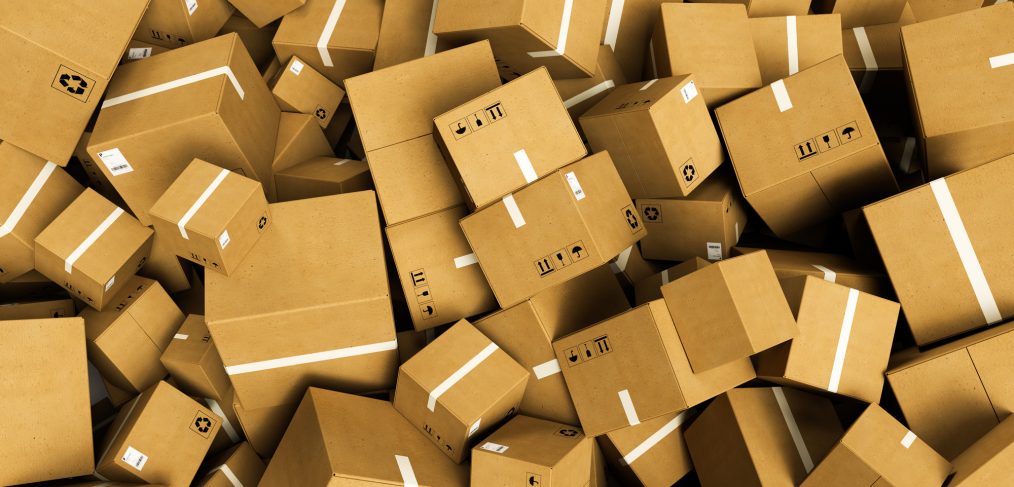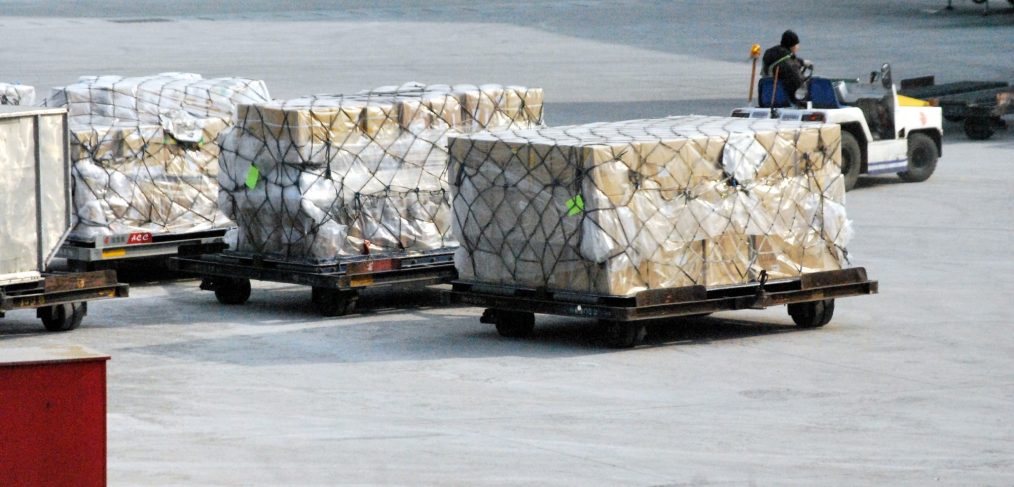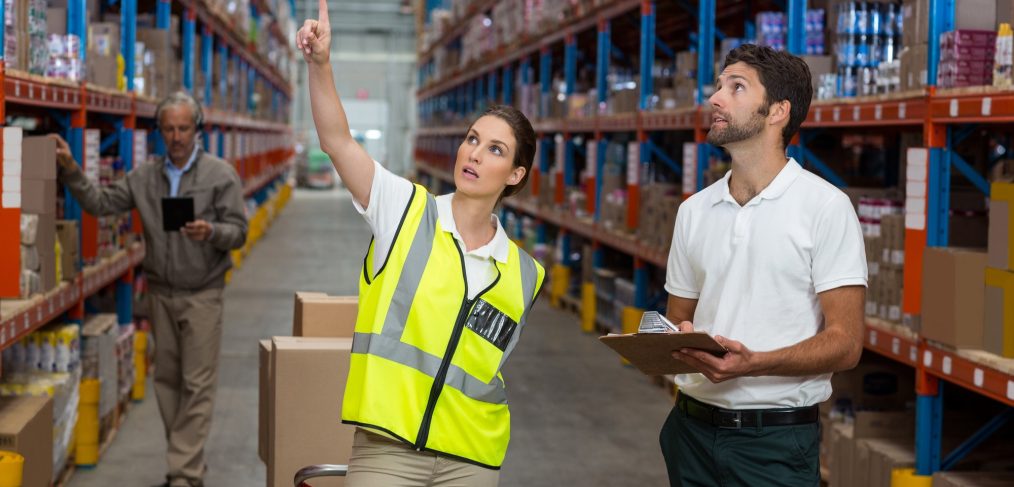As the holidays grow smaller and smaller in the rear-view mirror behind you, you may begin to reflect on how well everything went. And maybe how well some of those things didn’t. For instance, maybe some of the packages you had shipped to friends and family around the world arrived damaged and broken.
That would get anybody’s blood boiling. But it’s not that hard to imagine and almost forgive. After all, an estimated 2.5 billion Christmas packages were expected to be shipped in 2018. That’s a high volume of packages that could lead to some maltreatment of some shipments.
And Christmas presents are the only shipments suffering fates like this during the holidays. Even businesses are feeling the strain of the volume increase and seeing their own shipments become damaged and broken before making it to the buyer.
But what can be done? Where can you turn? The answer may lie with shipping insurance. Keep reading to find out what is shipping insurance and how can it help save you some heartache next holiday season.
What is Shipping Insurance?
Shipping insurance is much like any other insurance policy. It offers to cover your shipment and protect you from incurring any major losses as a result of a damaged parcel.
Not all companies offer the same insurance policies but there are a few key things and basic coverages you should be aware of before purchasing any shipping insurance.
You Might Not Need Additional Insurance
Before you even start looking over policy options check first to see if additional insurance is even necessary. Both FedEx and UPS automatically insure packages that are worth less than $100.00. However, the U.S. Postal Service only does this for express carrier mail that is worth less than $100.00.
What this means is that the courier will only cover your shipment for up to $100.00 worth of the contents’ value.
However, if the items you are shipping are worth more than $100.00 and you don’t get it insured you’ll only be covered for no more than $100. Be sure to declare how much the contents of your package is and purchase the extra insurance if you want the full amount over $100 covered.
Read the Fine Print
When deciding which shipping insurance policy to purchase be sure to read all the fine print throughout the policy. There are certain things, events, scenarios, and situations for which the insurance policy will not cover.
For example, shipping your package to certain international locations could cause a denial of coverage.
This would mean if your package was damaged at the courier facility, you can file a claim and get reimbursement. However, if that same package doesn’t become damaged until it’s in a location that the courier does not offer coverage to, you are responsible for the cost of the item.
Be sure to read over each of the insurance policies you consider and understand where, when, why, and how they will cover something. The same also goes for when they will not cover something.
Packing Requirements
This goes along with reading the fine print, however, it deserves its own section due to the magnitude and scope of this problem. And yes, it is a problem. More damage insurance claims are denied due to improper packing than anything else.
Here are a few reasons why packing a package can be difficult and cause problems later on if done improperly:
- The government has established proper packing and shipping regulations
- Those change every year
- Each courier also has their own packing and shipping regulations and requirements.
- Those also change every year.
- The average consumer is very confused.
And for good reason. The problem though is that the regulations and requirements have to change every year due to changes in consumer behavior and shipping trends.
What this means though is that you need to pay attention to how your courier and the federal government want your package wrapped and shipped. Failing to comply with these requirements could see a denial of an insurance claim should the improperly packed parcel become damaged.
These requirements can be found on the courier’s website as well as the U.S. postal service website.
Filing a Claim
Speaking of having problems when it comes to filing a claim let’s take a quick look at what filing a claim looks like.
Remember to keep all those things in mind from earlier, pay attention to fine print, make sure your package is packed properly, and make sure you’ve purchased the correct policy for your package.
Now that all that is done and out of the way, what do you do if you’re package is actually damaged?
Again, each courier will have their own claims departments and policies, but a few general things to remember and be aware of when filing a claim:
- Start your claim the moment you discover your package was broken, lost, or stolen.
- Most couriers have a cut-off date of the longest you can wait before filing a claim.
- Have all the right documentation filled out correctly.
- Take photos of the damages or have photos taken and sent to you.
- Be prepared to wait.
The last one is the hardest one for some people. Once you’ve filed your claim and submitted all your paperwork the claim must be reviewed by claim managers who will decide to cover or not. That process can take a while as well as the amount of time before receiving any actual money.
Be patient and cross all your ‘t’s and dot all your ‘i’s.
To Insure or Not to Insure
That is the question hopefully you’ve found an answer to. Along with the answer to what is shipping insurance? Remember to always read the fine print, purchase the right policy for your needs, make sure you’re not already covered, and file as soon as you are made aware of any theft, loss, or damages to your package.
If you have any questions about shipping insurance or finding the right courier services for you, contact us today!







 Choosing the right shipment method can mean the difference between making money, breaking even, or losing money. Did you know that
Choosing the right shipment method can mean the difference between making money, breaking even, or losing money. Did you know that  While many companies associate a digital archiving system
While many companies associate a digital archiving system 
 Courier services are big business on a global scale. It’s an
Courier services are big business on a global scale. It’s an 
 You used the tracked, registered, certified parcel delivery…where is your package? The
You used the tracked, registered, certified parcel delivery…where is your package? The 
